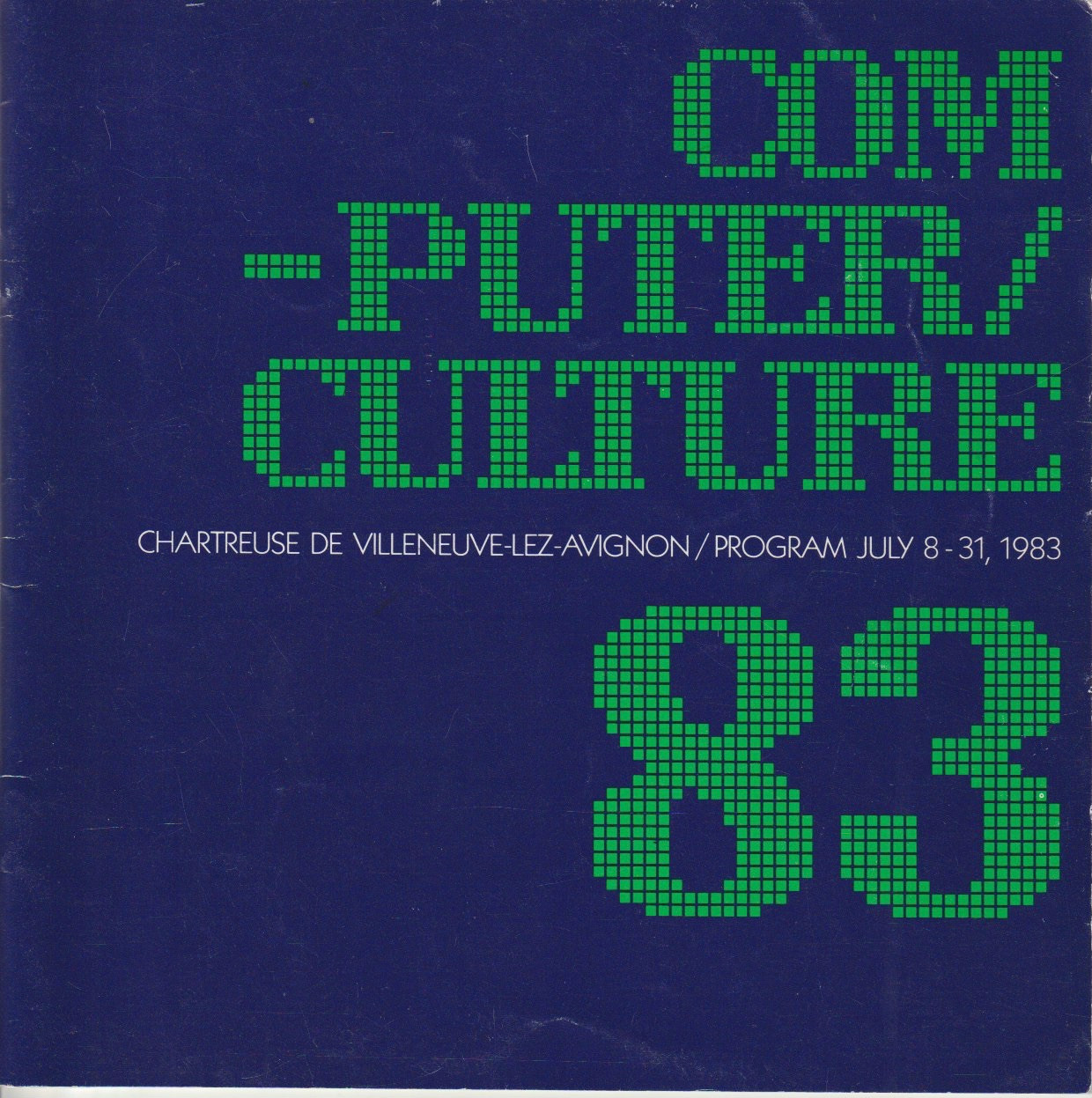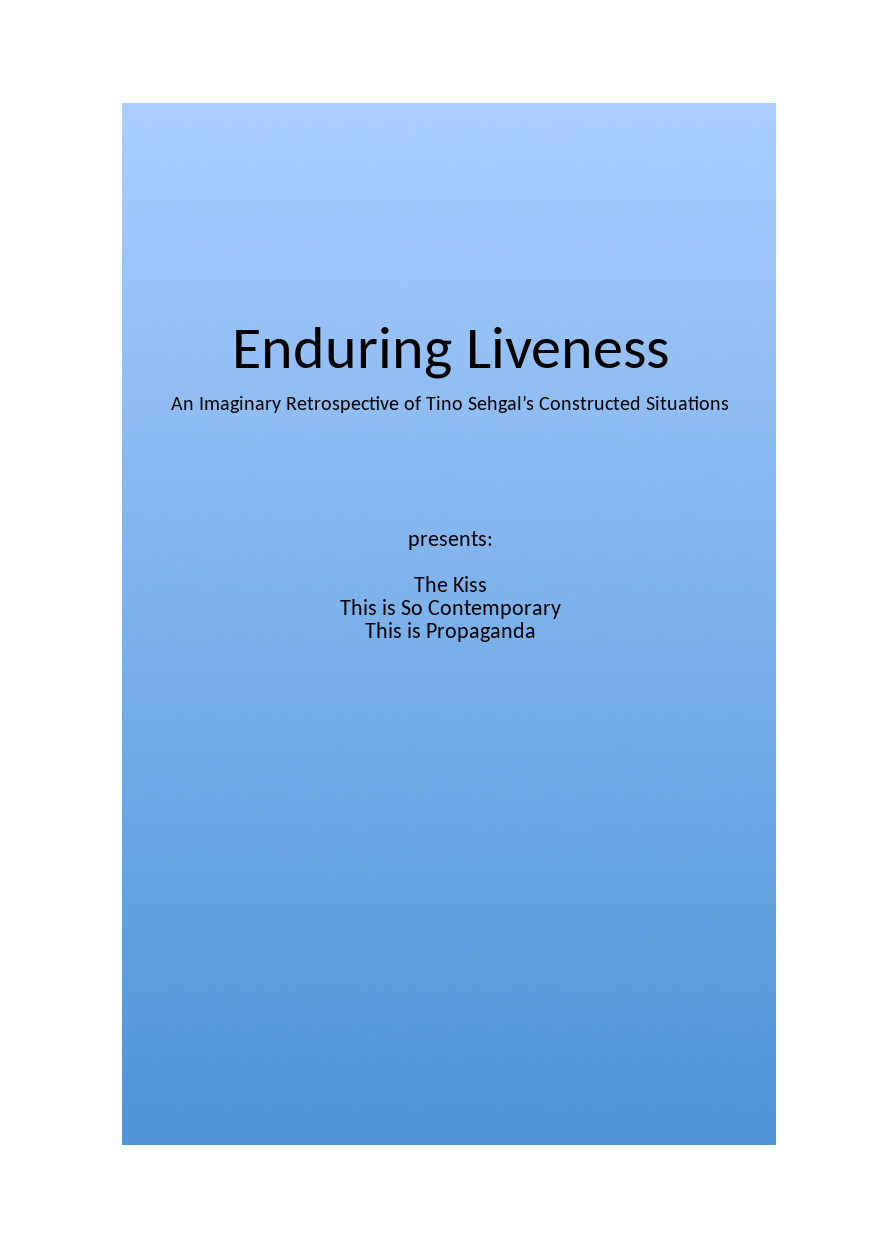Johanna Drucker: The Century of Artists’ Books (1995)
Filed under book | Tags: · art criticism, artists book, book, publishing

“The seminal study of the development of artists’ books as a twentieth-century art form. By situating artists’ books within the context of developments in the visual arts, Drucker raises critical and theoretical issues as well as providing a historical overview of the medium. Within its pages, she explores more than two hundred individual books in relation to their structure, form, and conceptualization.”
Publisher Granary Books, New York, 1995
ISBN 1887123016, 9781887123013
xii+377 pages
Reviews: Kristine Markovich (Art Documentation, 1996), Paula Frosch (Library Journal, 1996), Buzz Spector (Art Journal, 1997), Tom Trusky (Afterimage, 1997), Eric T. Haskell (SubStance, 1997), Kranz (Bloomsbury Review, 2002).
Interview with author (Tate Shaw, The Journal of Artists’ Books, 2006).
PDF (74 MB)
Introduction to 2nd edition by Holland Cotter (2004, added on 2018-12-18)
Computer/Culture 83 / Informatique/Culture 83 (1983) [EN/FR]
Filed under booklet | Tags: · computer art, electronic art, media art, software art

“The programme booklet and programme flyer of a festival (“rencontre”) on computer culture organised by the French organisation C.I.R.C.A. in Villeneuve-lez-Avignon, 8-31 July 1983.
This was an important meeting of the French (and US-American) art, technology and science scene at the time; participants included Vilém Flusser, Edmond Couchot, Ted Nelson, Lilian Schwartz, Benoît Mandelbrot, Jean-Pierre Balpe, and many others. The programme included workshops e.g. by Michel Bret, Hervé Huitric, Monique Nahas, and by ALAMO.
This is also four months before the exhibition ELECTRA opened in Paris, in November 1983.”
Publisher CIRCA, Villeneuve-lez-Avignon, 1983
12+16 pages
via Andreas Broeckmann
PDF (20 MB)
Comment (0)Annet Dekker: Enduring Liveness: An Imaginary Retrospective of Tino Sehgal’s Constructed Situations (2018)
Filed under artist publishing | Tags: · art documentation, performance, performance art

“The key functions of a museum are the collection, presentation, preservation and education of cultural and artworks for the enjoyment of, and to educate, the public. Performance art has been notoriously difficult for museums to handle, despite the ‘easy’ presentation the non-materiality of the art form challenges the conventional methods and practices of a museum. Artist Tino Sehgal had added to these problems, persisting in having no documentation of his performances, or better his ‘constructed situations’, in whatever form or way. While several books and some catalogues are written about his work, none of them show visual representations of the actual performances.
While I sympathize with Sehgal’s aims and ideas, I’m also intrigued by the numerous ways in which documentation developed and expanded in the last two decades with more and more photos and videos appearing online. In this catalogue three perspectives are presented that open up the potential of documentation as a method to generate new articulations and ways of understanding, thinking and performing. Countering the “no photos allowed” from the press statements of the museums, with the documentation used by online news outlets and those created by visitors, the experience of being present at the performance can no longer be considered as a fixed or even final perspective. Instead the constructed situations continue to act through viewing, capturing and circulation. Navigating the various documents that are created idiosyncratically according to access (having a camera and an Internet connection) or choice (having the willingness or courage to take an image and change the rules), the Imaginary Retrospective of Tino Sehgal adds to what theatre and performance scholar Sarah Bay-Cheng beautifully describes as “a multi-valent experience that is shaped and constructed by the individual experiences, choices, and negotiations of all parties within a connected network of information, sensations, and varying access points” (2012). At the same time, it might open up a desire for new performance to emerge.”
Produced for Monoskop’s Exhibition Library in the 2018 Seoul Mediacity Biennale, 6 September–18 November 2018 at the Seoul Museum of Art.
Self-published in collaboration with Monoskop, Amsterdam, August 2018
89 pages
PDF (14 MB)
Comment (0)
